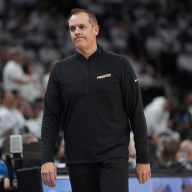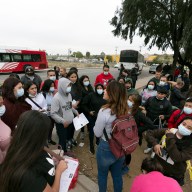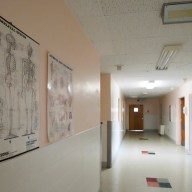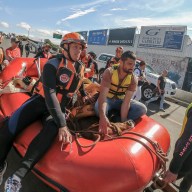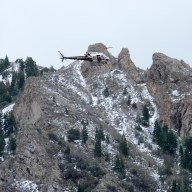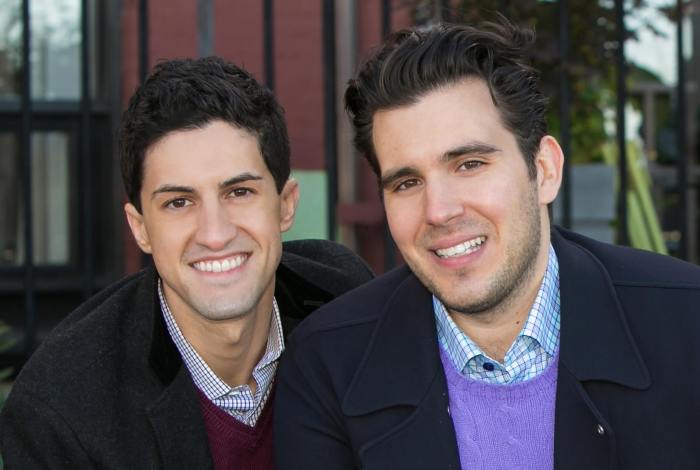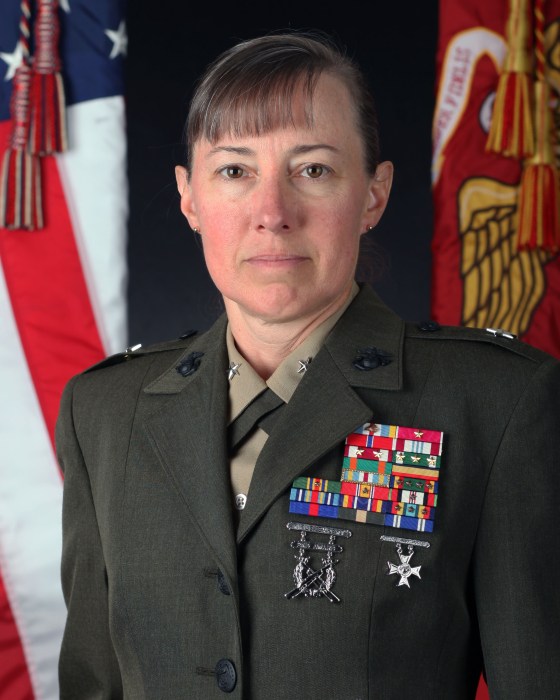Nova Scotia-born Laurie Swim started sewing at around age 10. Her mom bought a machine and the young girl quickly took it over.
She started out with clothing. She once made a reversible ski jacket. Her grandmother did not believe it was her own creation.
At age 16, she made her first quilt.
“It just spoke to me. The colours, the texture,” says Swim.
She studied art at Mount Allison University and the Nova Scotia College of Art and Design. After graduation, she apprenticed with two weavers in Denmark.
Overseas, she began to miss quilting, and when she came back to Canada had a woman who lived near her family home in Lockeport help her create a black and white quilt she called Eve’s Apple.
The dramatic piece was a far cry from a bedspread: People were shocked by its bold look. “It was considered revolutionary at the time, it broke with tradition,” says Swim.
The Nova Scotia Designer Craft Council accepted it for its exhibition that year, and it won best in show.
Swim took it and another quilt down to New York City, and pictures were published of them both in major U.S. craft magazines.
Swim moved to Toronto in the mid 1970s and continued with her creations and landed some corporate commissions, including a 64-foot piece for the Bank of Nova Scotia.
For a few years, Swim, her husband and their son lived in Kingston, Ont. There, in 1995, she worked with the Kingston and District Labour Council to create a quilt memorializing the building of the Rideau Canal. The council and members of the community helped Swim source fabric, cut it up into thousands of thumbnail size pieces, and sew.
Now 60, Swim has numerous community art projects, gallery shows and three books on her resumé.
She and her husband recently moved back to Nova Scotia, where Swim has been inspired by local history and the Maritime landscape.
She spends her mornings on her computer, answering emails. She goes to her storefront studio in Lunenburg — which is not far from her home — around 11 a.m. There, she draws ideas for new quilts and uses an overhead projector to create patterns on large pieces of paper. When she quilts, she uses a professional-grade sewing machine that allows her to do free-motion sewing.
She brings home hand sewing to do in the evening. And, day or night, she’s always got her digital camera on hand to snap pictures of the landscape around her for images and inspiration.


